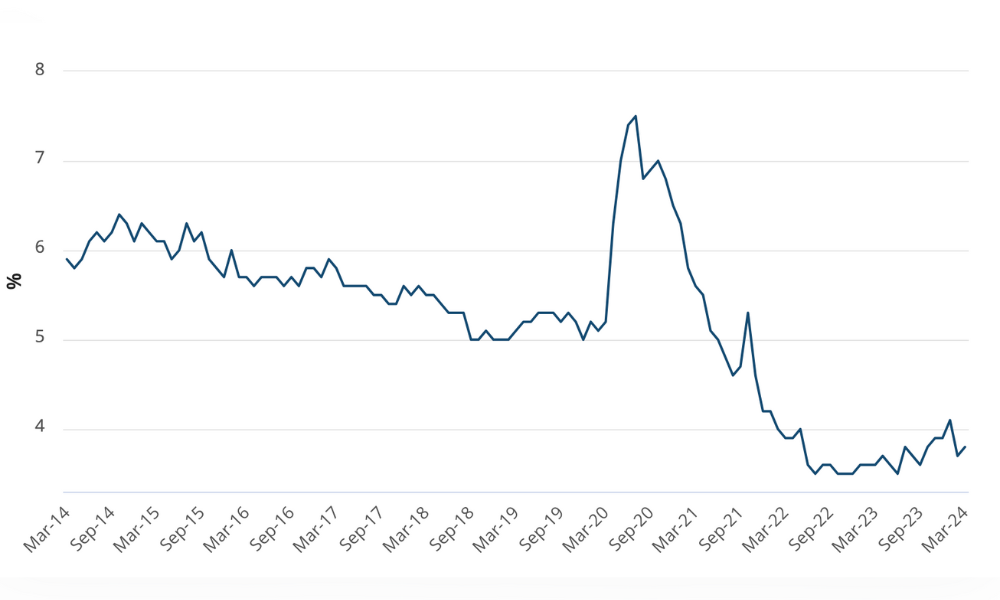Research shows that workers recover faster if they stay in touch with their workplace and maintain usual working routines as much as possible

When an employee is injured or becomes seriously ill, it is natural to think that time off work is what they need most. However, the solution isn’t always that simple.
Research[i] indicates that workers recover faster if they stay in touch with their workplace and maintain usual working routines as much as possible.
For employers, it leads to improved staff retention and a reduction in costs relating to lost productivity, staff training and overtime.
SuperFriend’s recently released report Action Area 7: Engaging Employers in Stay at Work/Return to Work, lays out steps for life insurers, who often engage with human resources professionals in supporting employees to stay at work, or get back on the job sooner. Some of these are explored below.
A study conducted by Safe Work Australia in 2017[ii] found that when the employer made contact early with staff impacted by mental illness, 77 per cent of those employees remained in work, as opposed to 52 per cent, who had no employer contact.
The study also found that when employers positively responded to people experiencing mental illness, 79 per cent of employees stayed at work. When employer responses were perceived as negative, only 52 per cent of employees remained at work.
The plan should be worked out collaboratively with the employee based around the individual’s strengths and preferences. Three questions that are helpful to ask an employee during the process include:
“How can I help you be successful at work?”
“What will you do to ensure this workplace plan is successful for you?”
“How will we deal with future issues in a way that is healthy for you?”
They are a good place to seek information and advice. They can help you develop your skills and knowledge in dealing with illness or injury. For instance, they can provide guidance on how to react positively in the crucial early stages, and assist in the development of a workplace plan.
Margo Lydon is Chief Executive Officer and Company Secretary of SuperFriend.
SuperFriend focuses on creating positive, healthy and safe working environments where every employee can be well and thrive. Our goal is to reduce the incidence of suicide and the impact of mental illness on individuals and their workplaces.
For more information about supporting mental health and wellbeing in the workplace, visit www.superfriend.com.au.
Action Area 7: Engaging Employers in Stay at Work / Return to Work can be downloaded at: https://www.superfriend.com.au/how-can-we-help/financial-services-industry/taking-action/
[i] Preventing Needless Work Disability by Helping People Stay Employed. Journal of Occupational and Environmental Medicine [Internet]. 2006 [cited 28 September 2017];48(9):972-987. Available from: https://www.acoem.org/ PreventingNeedlessWorkDisability.aspx
[ii] Wyatt, D., Cotton, D. and Lane, D. (2017). Return to work in psychological injury claims. Analysis of the Return to Work Survey results. [online] Canberra: Safe Work Australia. Available at: https://www.safeworkaustralia.gov.au/system/files/documents/1711/ return-to-work-in-psychological-injury-claims.pdf [Accessed 1 Dec. 2017].








